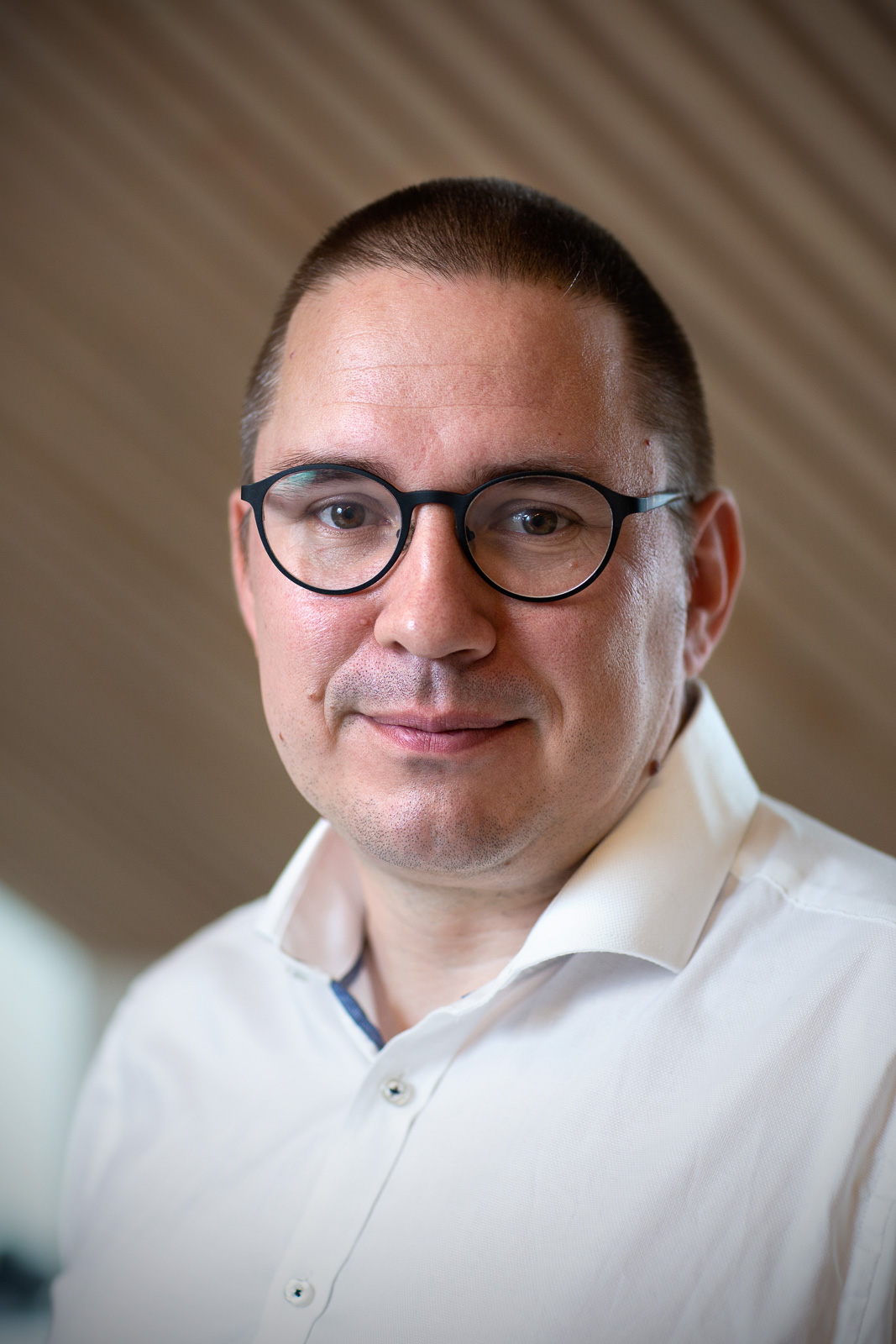New centre will mix exotic quantum cocktails of light and matter
The Danish National Research Foundation has granted DKK 66.6 million (EUR 8.8 mill.) to Professor Thomas Pohl and the Center for Complex Quantum Systems (CCQ). "Complex quantum systems" is no understatement. The new basic research centre will combine the known quantum technologies and see what photons, ultracold atoms and laser-cooled ions can do to – and with – each other.

Only very few of us can imagine a material which partly consists of light – that is a molecule composed of atoms, ions and photons. It may be a little easier to imagine, given that the atoms and ions are at almost -273°C, and the photons are in the same quantum state. At least for some.
One of the few who can understand all this is Professor Thomas Pohl from the Department of Physics and Astronomy at Aarhus University, who will lead the CCQ.
"I admit that the idea of materials made up of light and atoms sounds very exotic. But the purpose of our new basic research center is to combine the previously known quantum technologies in new hybrid systems, and to explore and exploit the characteristics of the quantum phenomena that the dynamics between them will create," says Thomas Pohl.
He came to the department in 2017 with a Niels Bohr professorship in theoretical atomic, molecular and optical physics, and with funding from the Danish National Research Foundation.
The perfect place
Thomas Pohl points out that Aarhus University is the perfect place for the new basic research centre. The other AU researchers at the centre already master the techniques for manipulating atoms, ions and photons that are required to create new hybrid platforms.
"The CCQ will combine the efforts and expertise of five research teams and integrate the special properties of ultracold atoms, laser-cooled ions and photons, and explore the largely uncharted territory at the interface between atomic physics, solid physics, quantum optics and quantum information science," as it says in the application to the Danish National Research Foundation.
Hoping to move cornerstones
"We're in the middle of the so-called second quantum revolution, where new solid material components and laser-cooled ions, ultracold atoms and photons are key platforms for quantum calculations, simulations and communication. These are the cornerstones of the current developments in quantum technology, but at the CCQ we want to go beyond the current paradigm.
Instead of isolating individual systems to check their properties at few-particle level, we want to combine them into large and complex quantum systems, so that we can explore and exploit their dynamics, while they are exposed to decay, impurities, losses and external disturbances. We want to exploit the interplay between the systems, so that they control each other and gain new qualitative properties," says Thomas Pohl.
Chaotic or just complex
Thomas Pohl compares the idea of complex quantum systems with the types of complex system behaviour we see everywhere around us:
"The swarming flight of flocks of birds, the formation of galaxies, the proliferation of Starbucks cafés and the spread of rumours on the internet all provide new quantum phenomena in complex systems that we cannot understand by only looking at the characteristics of their individual quantum systems."
The CCQ will explore the collective properties of the hybrid quantum systems that arise because of the interplay between their components at microscopic - or rather atomic - level," says Thomas Pohl.
Key participants in the CCQ:
Professor Thomas Pohl,
Department of Physics and Astronomy,
Aarhus University
Mail: pohl@phys.au.dk
Mobile: +45 2950 8846
Associate Professor Jan Arit,
Department of Physics and Astronomy,
Aarhus University
Associate Professor Georg Bruun,
Department of Physics and Astronomy,
Aarhus University
Professor Michael Drewsen,
Department of Physics and Astronomy,
Aarhus University
Professor Klaus Mølmer,
Department of Physics and Astronomy,
Aarhus University
Please read about the Danish National Research Foundation's investment here.
